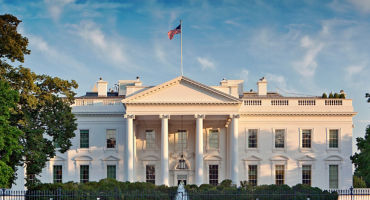The real estate sector: A pivotal factor
For at least the past decade, many commentators have criticized the Chinese government’s lack of action to rein in outsized activity in its all-important real estate sector. Last year, China’s policymakers finally did something about it, leading some to wonder if they may have gone too far. Consensus is now bearish overall, split between those who believe the sector might stabilize soon and those who think otherwise. I am in the former (minority) camp.
I believe the stimuli injected so far — mortgage rates and lending, monetary policy, pledged supplementary lending (PSL), and targeted assistance to property developers — should help the real estate market and put a floor on risk. Easy financial conditions and lower interest rates are already starting to spur demand. (Indeed, mortgage rates in China are now lower than in the US.) Stabilization of the real estate sector would enable a return of confidence, paving the way for a potential economic rebound.
Inflation: Nowhere to be found
Inflation is not an issue for China today, nor do I suspect it will be for a long time to come. In fact, I think China’s inflation is sufficiently well-anchored that even if it were to rise slightly (as it might), it would still not create much of a headwind for the economy.
Chinese core inflation is below 1% as of this writing, while the country’s low level of domestic demand and an absence of direct income support to consumers have kept the commodity price surge from impacting headline inflation to the same degree as in developed nations. Mild inflationary pressures should allow both fiscal and monetary policy easing to continue through much of 2023. Moreover, one silver lining of zero-COVID has been to suppress demand more than enough to prevent a widespread inflation problem from emerging.
Zero-COVID: On borrowed time
The zero-COVID policy was extremely effective at minimizing infections and case counts, while maximizing China’s economic activity until the Omicron variant appeared. Since then, however, maintaining the policy has come at a heavy cost for the economy. In light of this major trade-off, the government will likely discontinue zero-COVID and choose to let China “live with” the virus beginning at some point in 2023. I believe it has become clear to Chinese leadership that adhering to its current policy stance is incompatible with its economic and social objectives.
Latest update: Over the past month, China’s pandemic containment measures — lockdowns, isolation, contact tracing — became overwhelmed by a large number of infections. This forced the government toward a policy shift, easing COVID restrictions nationwide even as case counts rose and accelerating vaccination rates for vulnerable individuals. As a result, I expect China to reach a state of “hybrid immunity” that should enable a full reopening in 2023. Between now and then, there may be many more infections as the virus spreads further, which could restrain mobility and economic activity. But markets, recognizing that China’s path to reopening is critical for the global economy, are already looking toward the eventual “renormalization.”










Full speed ahead: China’s race to implement AI
Our experts examine market implications of China's AI expedition.
By
Yash Patodia
Terry Chen